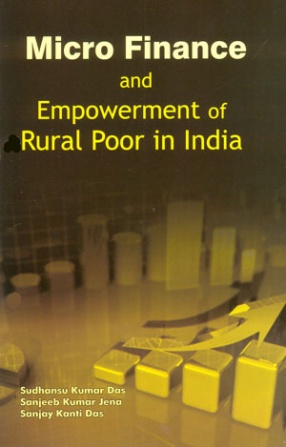
Showing all 3 books

In India, the micro finance initiative of National Bank for Agriculture and Rural Development (NABARD) has passed through various phases over the last two decades, viz. pilot testing during 1992 to 1995, mainstreaming during 1996 to 1998 and expansion from 1998 onwards. Micro finance has emerged as a visible credit channel to the poor as their access to conventional credit sources is constrained by the requirement of collaterals and high transaction costs. Micro ...

After achieving Independence in 1947, the Government of India and the Reserve Bank of India (RBI) have made concerted efforts to provide the poor with access to credit. Despite the phenomenal increase in the physical outreach of formal credit institutions in the past several decades, the rural poor continue to depend on informal sources of credit. Institutions have also faced difficulties in dealing effectively with a large number of small borrowers, whose credit ...

India is a nation that gives shelter to about 800 million of rural population in 5.8 lakh odd villages. The main thrust of the economic planning of the country is the development of the rural sector. In order to attain all-round sustainable socio-economic development of rural sector, there is need for a strong and efficient formal credit delivery system to ensure flow to adequate and timely credit to different segments of rural sector. The present work is based ...
